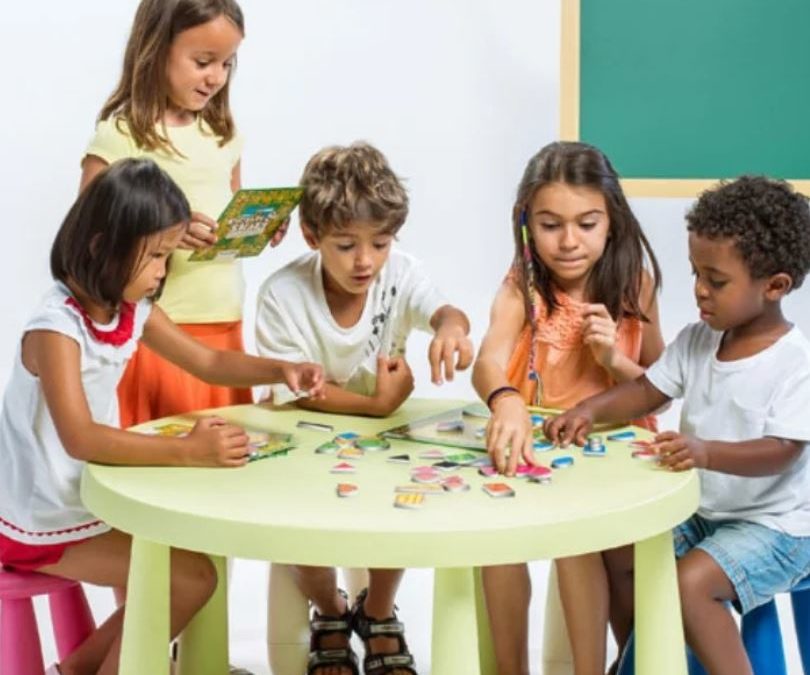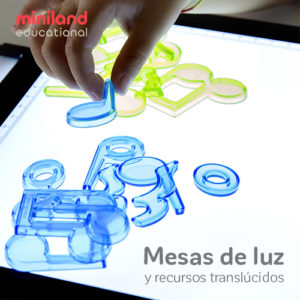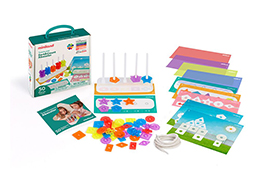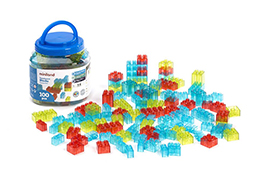Active listening is important for a multitude of reasons. Viewed as a crucial element of effective communication, active listening refers to the ability to not only hear what people are saying, but to recognize the feelings, ideas or thoughts lying beneath the surface, too. In short, active listening is what makes us able to understand each other—an important communication tool that is best developed when started at a young age.
Lucky for us, Miniland Educational has critical thinking toys and games that help young minds practice just that. Perfect for students between the ages of four and seven, Dictate & Shape develops four intelligences: interpersonal intelligence, linguistic intelligence, spatial intelligence and logical-mathematical intelligence. In this game, a maximum of four teams of children compete to create different figures, from simple to complex, by using playing cards and picture dictations.

Here’s how it works:
- Prepare the game. Before playing, divide into teams and give one game board to each team. Take all the magnetic pieces out of their frames and put them in the center of the table. Lay all playing cards face-down.
- Take a card. One player from each team takes a card without letting his or her teammates see it. Every card contains a figure that, as a team, they have to create.
- Use your words. Without using hand gestures, photos or magnetic pieces, the player holding the card must verbally explain to his or her teammates where to place the magnetic pieces on the board to create that shape. (The player holding the card can tell teammates where to position the magnets using vertical and horizontal guides that appear on both the cards and the game boards.)
- Create a masterpiece! The first team to accurately create the figure shown on the card wins the game.
Critical thinking toys like these are fun, educational and a good way to children about teamwork. Want to step it up a notch? Add some non-verbal communication to the mix! Make a rule that the players creating the figure can’t speak to each other, and instead, can only communicate through hand gestures and sounds.






